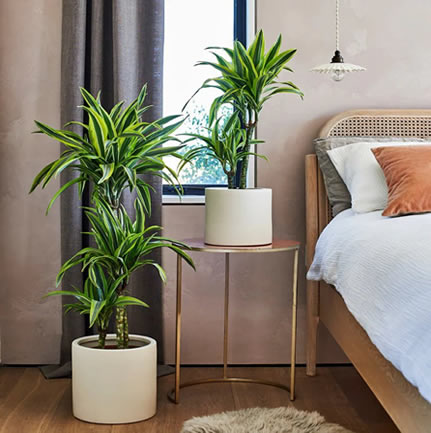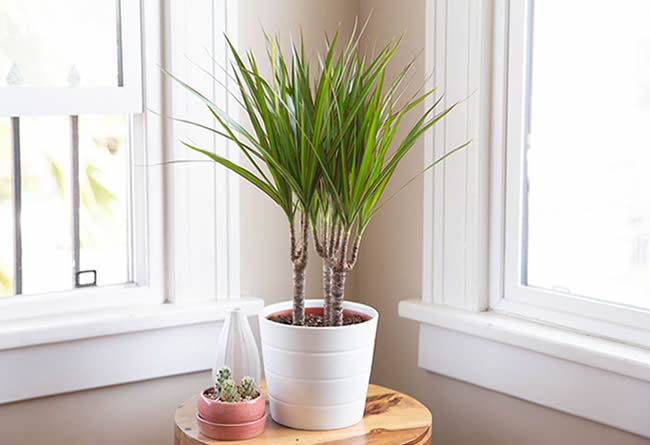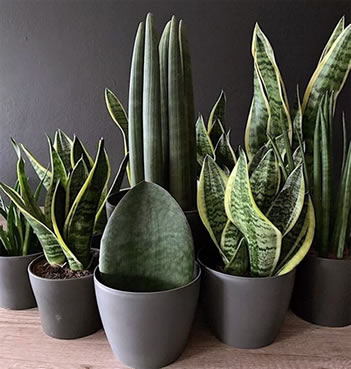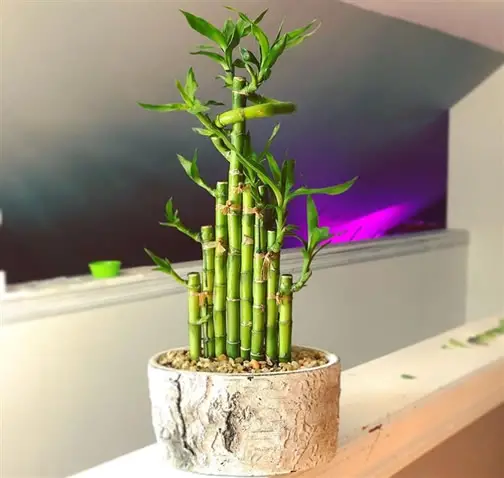Dracaena Care Made Easy: Grow These Bold Plants Indoors or Out

Dracaena plants are bold, low-maintenance evergreens that have become staples in homes and offices around the world. With long, arching leaves and an upright, cane-like form, these tropical shrubs offer dramatic vertical structure and air-purifying benefits — all while demanding very little attention. Native to Africa, Asia, and Central America, Dracaenas are well-suited for indoor life and are often praised for their adaptability and resilience.
In this guide, we’ll walk you through how to care for Dracaena plants in general — including watering tips, light preferences, soil needs, and how to choose the best variety for your space.
Table of Contents
What Kind of Plant Is Dracaena?
Dracaena is a genus of evergreen shrubs and small trees.
Most varieties are not true succulents, but they do have water-storing capabilities in their thick stems, which makes them tolerant of occasional neglect.

These plants are members of the Asparagaceae family and are known for their long, sword-like leaves, often featuring striking colors or variegation.
Indoors, Dracaenas are grown primarily for their ornamental foliage and vertical growth, making them ideal for corners, entryways, and minimalist interiors.
Popular Types of Dracaena
Here are some of the most well-known Dracaena varieties commonly grown indoors:
-
Dracaena marginata (Dragon Tree): One of the most popular types. Features narrow, spiky leaves edged in red atop thin woody canes.
-
Dracaena fragrans (Corn Plant): Broad, glossy green leaves with yellow or white stripes; great for larger spaces.
-
Dracaena trifasciata (Snake Plant): Also known as Sansevieria, it was reclassified under Dracaena. Known for stiff, upright leaves with mottled patterns — extremely drought tolerant.
-
Dracaena reflexa (Song of India): Arching stems and creamy-yellow edged leaves. More compact and bushy than other types.
-
Dracaena surculosa (Gold Dust Dracaena): Smaller in size with green leaves speckled in yellow dots. Works well on tabletops or shelves.
-
Dracaena deremensis ‘Janet Craig’: Solid dark green, glossy foliage. Ideal for low-light rooms and office environments.
Growing Dracaena Outdoors
Dracaena can thrive outdoors in USDA zones 10–12 or warmer regions with no frost.
Plant them in filtered light or partial shade, avoiding harsh midday sun.
Use well-draining soil, water moderately, and protect from heavy rain or cold snaps.
Outdoor Dracaenas benefit from mulching to retain moisture and keep roots cool.
Move container-grown Dracaena indoors if temperatures drop below 50°F (10°C).
Best Light Conditions for Dracaena
Bright, indirect light is best.
Dracaenas thrive near east- or north-facing windows or behind sheer curtains in sunnier rooms.

-
Avoid direct afternoon sun — it can scorch the leaves.
-
Most varieties can tolerate low light but will grow more slowly.
When and How Much To Water Dracaena
Let the soil dry out between waterings.
These plants prefer slightly dry conditions and are prone to root rot if overwatered.
-
Water when the top 1–2 inches of soil feels dry.
-
Reduce watering in winter months.
-
Use room-temperature water to avoid shocking the roots.
Best Soil Mix and Drainage Tips
💡 Use a well-draining potting mix. A general indoor plant mix with added perlite or sand works well.
-
Avoid compact soils that retain too much moisture.
-
Ensure your pot has drainage holes to prevent water buildup.
Temperature & Humidity
-
Ideal temperature: 65–80°F (18–27°C)
-
Humidity: Average home humidity is fine, but avoid placing Dracaena near radiators or cold drafts.
How and When To Fertilize Dracaena
Feed once a month in spring and summer.

Use a balanced liquid fertilizer with an N-P-K ratio of 10-10-10 this one or 20-20-20like this one diluted to ¼ to ½ strength.
-
No need to fertilize during fall and winter.
-
Avoid over-fertilizing — it can cause leaf tip burn.
Common Problems
-
Brown Leaf Tips: Often due to fluoride or chlorine in tap water. Switch to distilled or filtered water.
-
Yellowing Leaves: Can indicate overwatering or poor drainage.
-
Droopy Leaves: A sign your plant is either too dry or getting too little light.
Maintenance Tips
-
Wipe the leaves with a damp cloth every few weeks to remove dust and keep them looking shiny.
-
Prune leggy stems or browning leaves to encourage fuller growth.
Repotting
Repot every 2–3 years or when roots begin to outgrow the pot.

Choose a container one size up and refresh the soil during the process.
Final Word
Whether you choose a spiky Dragon Tree or a compact Gold Dust Dracaena, these evergreens offer bold structure with minimal fuss.
Their ability to adapt to different lighting and watering routines makes them perfect for both plant newbies and seasoned indoor gardeners.
With just a little attention, your Dracaena will thrive and elevate your home with tropical charm and architectural elegance.
Thanks for reading! I'm Michael — houseplant fanatic and your Pinterest plant guide.
Follow me on Pinterest for fresh updates 🌿



